I love creating and playing both digital and tabletop games of all sorts. Many attempts to blend the two have been made, but they continually fall short of the promise of either medium. The issue is that emerging technologies are a poor replacement for traditional games…but can be an outstanding enhancement.
Previously I shared my thoughts on what’s special about tabletop games (board games, card games, etc.) and the failings of current VR and AR attempts to replace them. Now let’s look at the great ways mixed reality (MR) can contribute.
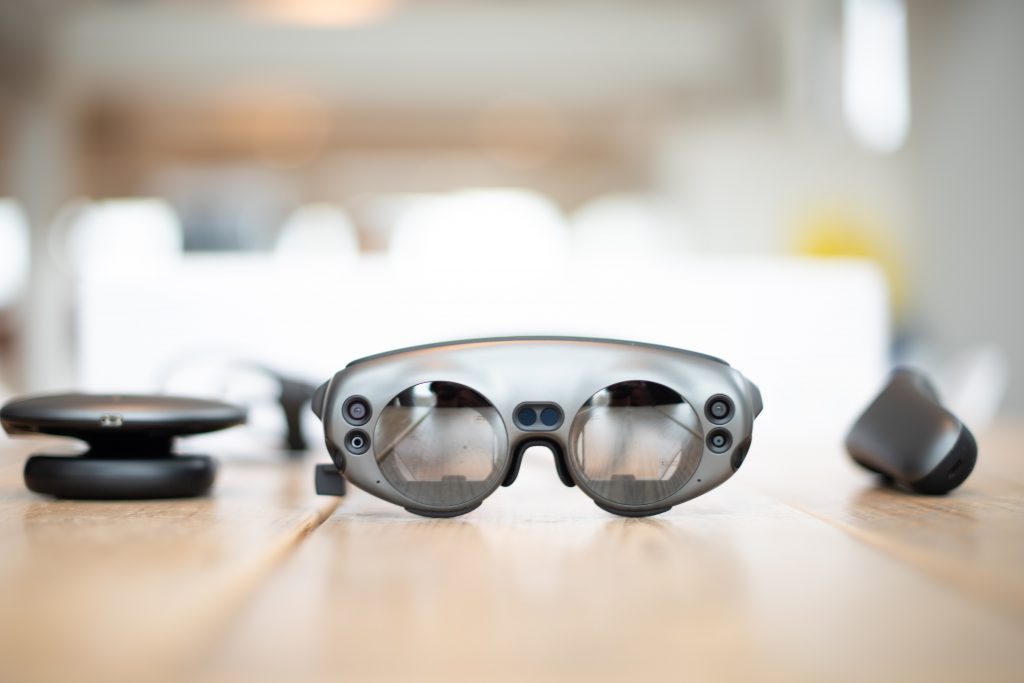
So what does Mixed Reality bring to the table?
I want to look at five areas where I think MR can really improve people’s tabletop game experience: onboarding, offloading, enabling, enhancing, and transforming.
Onboarding
Learning a new game, particularly those with complex or unusual game mechanics, can be challenging. Games with massive tomes for rulebooks scare away many people.
Video games have been very successful in streamlining this experience with instructional scaffolding. Core game concepts and rules are introduced in stages, and new features or abilities are gradually unlocked. Careful level design makes it easier for players to learn and master skills, preparing them for success in later stages.
Mixed reality is a great tool for bringing instructional scaffolding to board games. Set-up instructions can appear on the tabletop, demonstrating where each piece goes. Rules can be taught step-by-step by a Virtual Gamemaster or coach.
I’ve done this previously in some of the game-based training projects I produced for the Department of Defense.
In the logistics strategy simulation DMCTI, for example, the “Auto-Tutor” reminds players (US Army Soldiers, in this case) when they forget a “rule” or important decision making step. This coaching, based on expert knowledge, gives novices vital tips or assistance right when it’s needed.
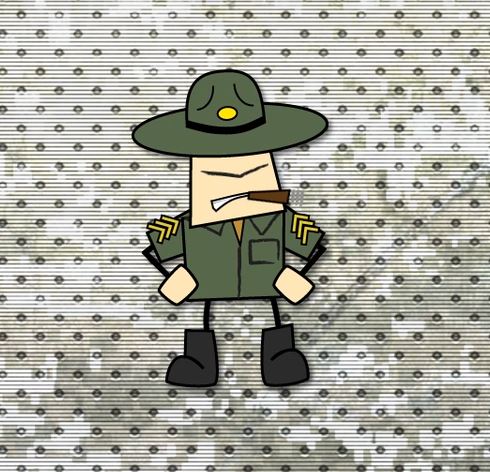
Offloading
That support doesn’t have to stop once players learn a new game. Many games involve complicated math calculations. Tabletop wargames are (in)famous for using dozens or hundreds of pieces.
The science fiction wargame Attack Vector: Tactical has very complex rules to allow a two-dimensional board game to simulate three-dimensional space combat. This puts it out of reach for most players. Heck, I’m a pretty hardcore wargamer and even I don’t have the time or patience to figure that out.
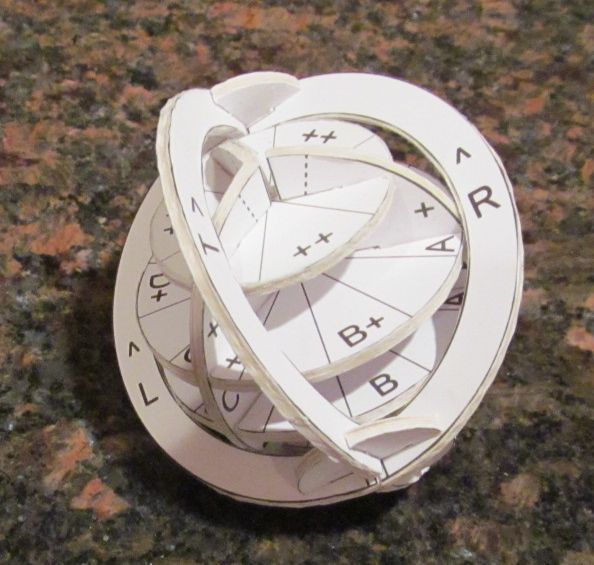
Mixed reality support can make complex games accessible to more people. In this example, a MR app for Attack Vector: Tactical could recognize the positions of starship pieces on the tabletop. A player could use gestures (or even voice commands) to indicate the desired path of a move. The MR overlay could then do any math calculations and visually display the course and outcome.
A MR Virtual Gamemaster could also prompt a player who may have forgotten to move pieces or tried to move them incorrectly. There’s no excuses for cheating when the game catches you in the act!
Combat resolution–determining the outcome of a battle between units in a wargame–is often a tedious exercise in adding and subtracting various modifiers to the odds of success:
“Your troops are uphill, so I have a minus two on the die roll. But I have a flanking unit in support, so your combat strength is halved. My troops are elite, so I shift two modifier columns, but they’re fatigued so…” and so on.
The MR Virtual Gamemaster scans the tabletop, identifying the pieces and their relative positions. In the above example, a player is deciding whether or not to attack could see the modifiers and final odds of success projected by his units. This allows the player to focus on the important decision-making, not the minutiae of the math.
And for a memory-based game, an MR coach could give you perfect information so you’d get each guess correct…okay, that would be cheating. Or at least take the fun out of things!
Enabling
Mixed reality could also level the playing field–I mean, the tabletop.
The same virtual coaching that teaches a game could also be used to help novice players compete against more advanced players. Reminders and strategy tips can be displayed for the new player, giving them a competitive chance against the more experienced.
Both players have more fun when it’s a challenging game. The novice can learn more quickly, and the experienced player can focus on playing their best without having to coach. Speaking as the person usually explaining rules to other players while trying to take my own turn, this would make my life easier!
Mixed reality could also help people who have challenges with the visual aspects of the game.
Many card and board games use color to indicate specific use or value. For people with color blindness, this makes those games very frustrating or even unfair to play. I’m red-green color blind, and there are some board and card games I just can’t play.
An MR app could digitally enhance colors in a way to make them visible to the player.
For players with more limited vision, an MR app can scan difficult to read text and either present a better visual overlay or translate that text to speech. This could really improve the accessibility of board games to more people, especially in the case of certain trading card games with loads of absurdly tiny text.
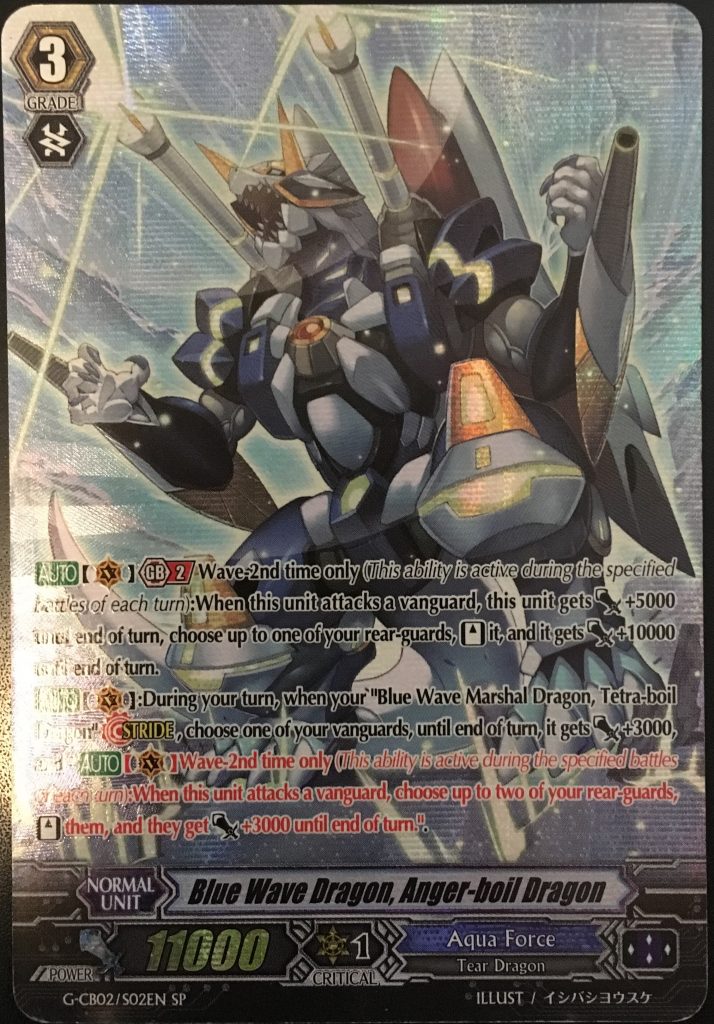
An MR app could also enable people otherwise short on time to enjoy longer games.
People lead busy lives, and not everyone has time to finish a long board game in one sitting. Leaving a game set up for days isn’t an option for everyone, either.
One of the most handy features of video games is the ability to “save” a game–stop it at any given point–and return to that game later. Mixed reality can add that feature to any board game.
The MR app for your game can scan and save the board state. When you’re ready to play again, the app gives you a visual overlay just like it did in the set-up, but where you left off. It’ll also remember whose turn it was!
Enhancing
Mixed reality can also enhance the tabletop gaming experience in some other fun ways.
Video games are good at representing the “fog of war”- the uncertainty of your opponent’s strength, location, etc. – by hiding that information from the player. Hidden movement and determining line of sight, for example, are both important for a realistic battle simulation.
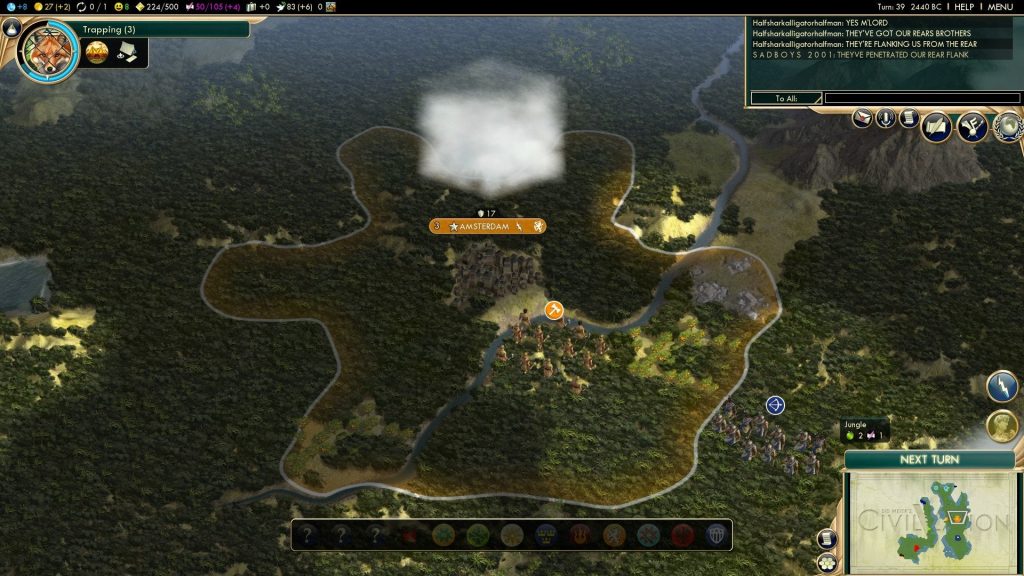
In the above image from Civilization V, the player’s map displays what terrain has been explored. Note the darker shadowed areas of the map. Those areas have been explored previously, but since none of the player’s units can observe them at the moment, they don’t display the presence of enemy units that might be there.
Board gamers have to work hard to simulate this, sometimes going so far as to have each player with their own copy of the game and a game master (referee) that runs back and forth between them, making sure their boards are correct.
That means you need a third person who doesn’t really get to play, or you use some complicated or awkward bookkeeping to get the job done.
Mixed reality could automate that, using a process similar to Adobe PhotoShop’s clone stamp tool. This could obscure or completely hide pieces on the board, revealing them only when detected.
This also offloads any line of sight calculations to the MR app, as spatial mapping–the ability to digitally scan and understand the positions of all the pieces in the game–enables the app to know what pieces can “see” each other.
And, of course, cool video game-like visual effects can easily be added. Lightning, explosions, animated pieces, etc.–would be a fun way to enhance a tabletop’s game sense of action and excitement.
Transforming
Mixed reality technology can transform ordinary objects into extraordinary game pieces.
Using 3D object recognition and a digital overlay, your chess piece could take on any form you’d like. Sad they never made a Stranger Things commemorative chess set? Your king and queen can become Chief Hopper and Joyce Byers – and even speak when you move them.
That creates the digital experience of having your favorite characters in your game, but also preserves the tactile experience of holding and moving real playing pieces.
Using 3D-object and pattern recognition, wooden blocks with simple symbols painted on could transform into World War 2 tank models or cars from The Fast & the Furious.
This isn’t limited to simple objects, either. Mixed reality can transform the players as much as the pieces.
Augmented reality can already modify someone’s on-screen appearance. Snapchat filters allow users to change their faces in all sorts of ways. But that’s only the beginning.

Apple continues to update their augmented reality software, ARKit, which can not only track objects, but also track multiple faces and human bodies when they cross in front of each other. This allows people to go way beyond giving yourself cat ears, and has lots of game-enhancing potential.
Players of roleplaying games like Dungeons & Dragons have a long tradition of moving play away from the tabletop. These live action roleplaying games (LARPs) take many forms, from murder mystery parties to full-scale battles with prop weapons.
Many, however, involve expensive and elaborate costumes. That investment is beyond many players. It can also be awkward walking around in public dressed like a monster.
Mixed reality could enable LARPers to wear virtual costumes only visible to other players of the game. The app could recognize players of the current game and display their selected costume.
In a fantasy game set in J.R.R. Tolkien’s Middle-earth, for example, players could appear to each other as Elves or orcs. The same offloading capabilities mentioned above could resolve combat, show spells or arrows flying across the battlefield, or even digitally mask an invisible Hobbit who possesses a certain magic ring.

Photo by Benjamin Davies on Unsplash
I love creating games and exploring how emerging technologies can expand our ability to create experiences that engage, entertain, and inform. Mixed reality offers an amazing array of ways we can expand our enjoyment of tabletop games without sacrificing the unique qualities that make them so fun.
And all of the above is just scratching the surface. We’re still in the infancy of the alphabet soup of VR/AR/MR/XR and there are exciting possibilities ahead!
Let’s continue this discussion. Connect with me on Twitter and share your thoughts!
Stay in touch with my newsletter. No more than once a week, no spam.
If you like what you read, please share it with others via the links below.